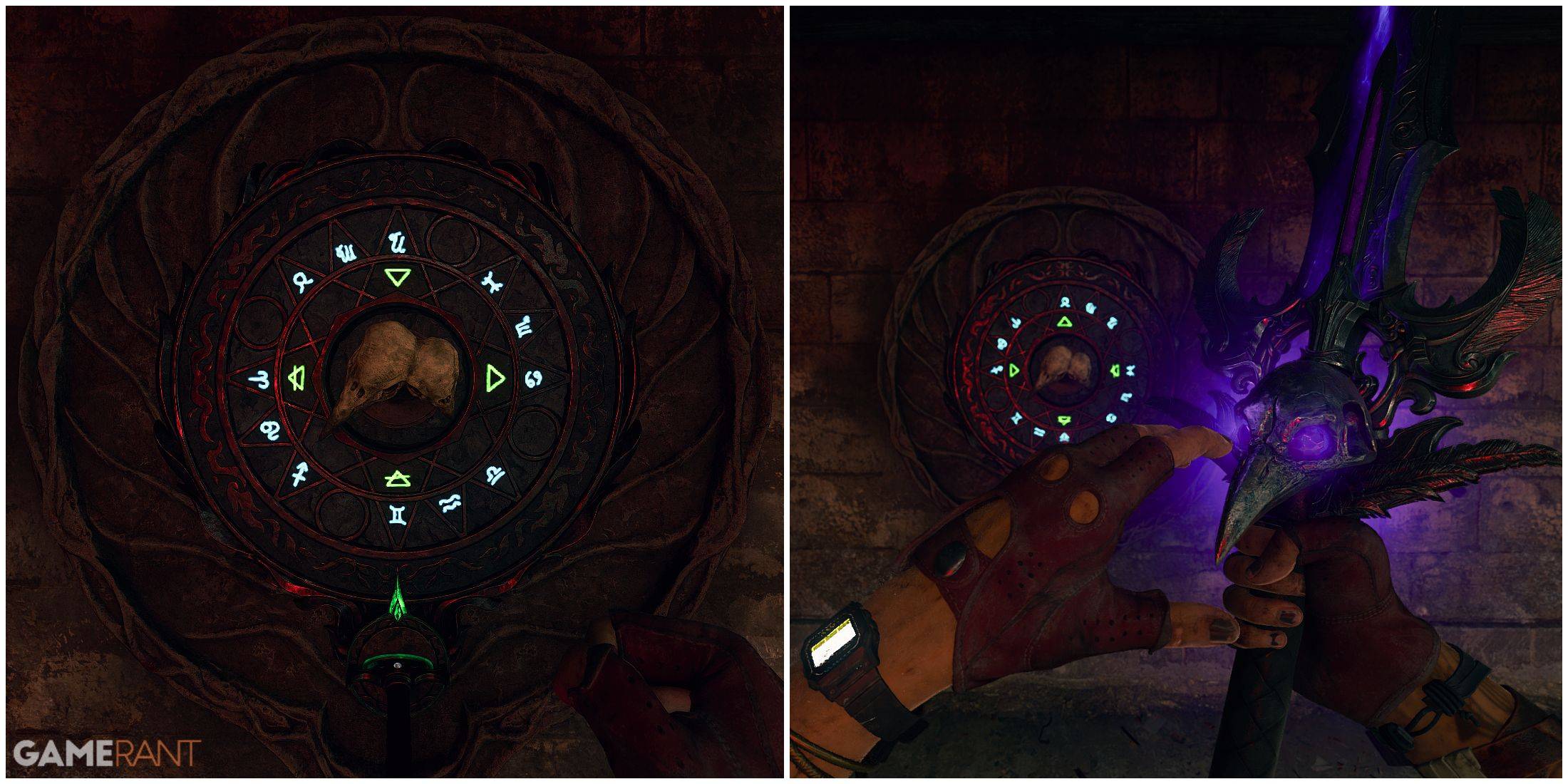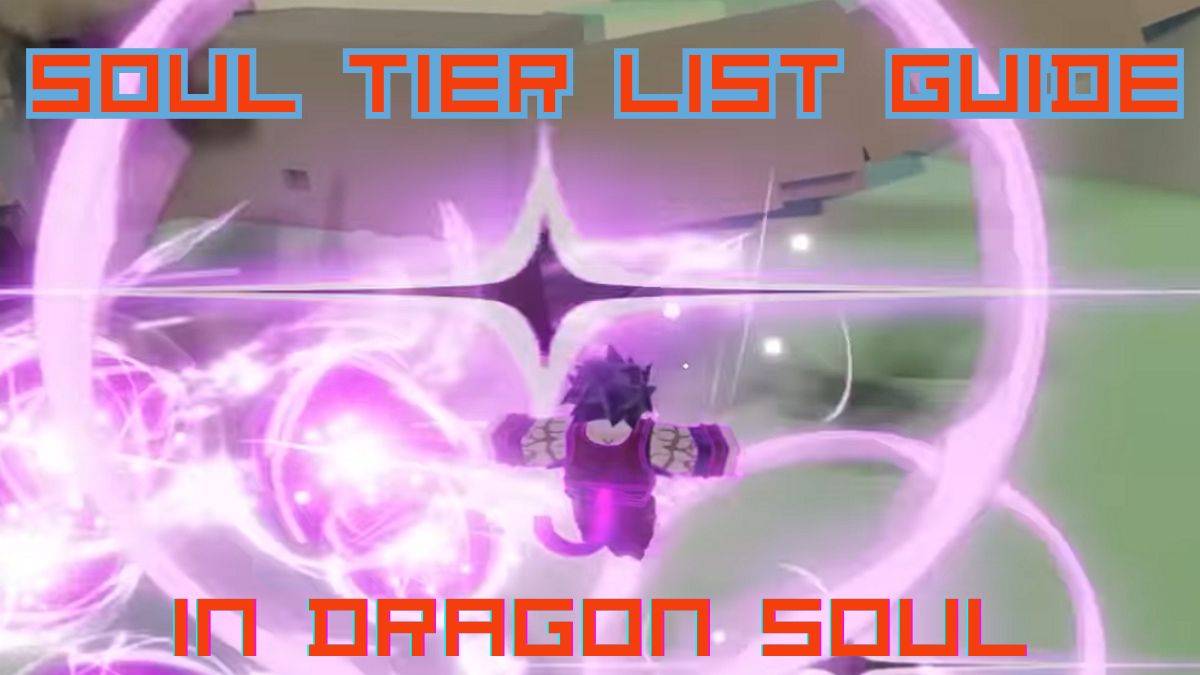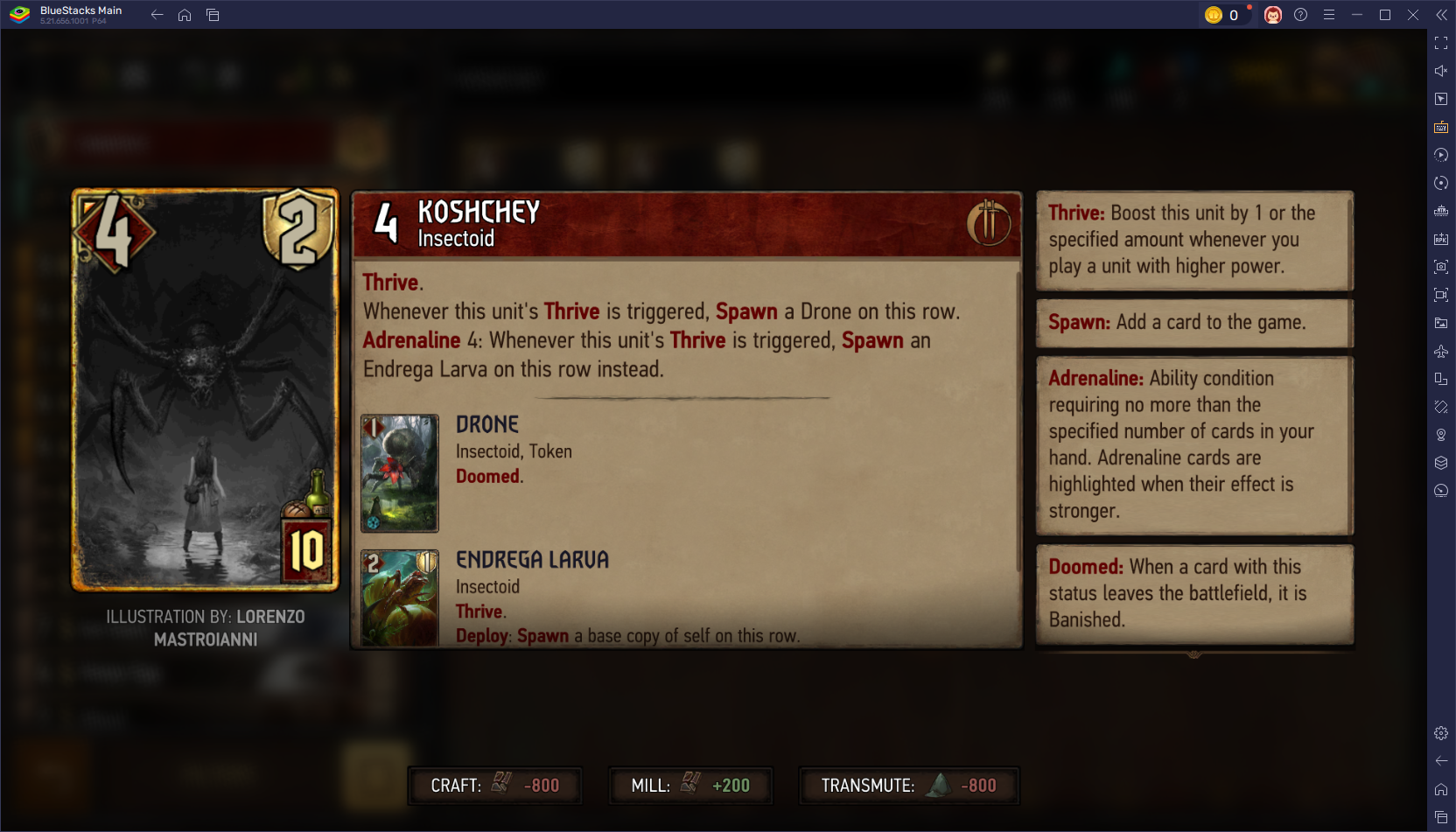"New Oblivion: Remake Looks, Remaster Feels"
- By Ava
- May 03,2025
When Bethesda unveiled Oblivion Remastered earlier this week, I was stunned. The 2006 journey through Tamriel, once known for its quirky, potato-faced characters and blurry, low-resolution landscapes, has now transformed into the most visually stunning Elder Scrolls game to date. After experiencing numerous HD remasters that often fell short of expectations—like the Mass Effect Legendary Edition and Dark Souls Remastered, which barely differed from their Xbox 360 originals—seeing the Imperial City I explored nearly two decades ago now rendered in Unreal Engine 5 with ray tracing was truly breathtaking. Not only that, but the game also boasts enhancements in combat, RPG systems, and a host of other details. Given these improvements, I initially questioned if Bethesda and developer Virtuos had misnamed it; shouldn't this be an Oblivion Remake, not a remaster?
It seems I wasn't the only one with this thought. Many fans have labeled it a remake, and even Bruce Nesmith, the senior game designer of the original Oblivion, stated, "I’m not sure [the word] remaster actually does it justice." Initially skeptical about the remaster claim, after spending several hours playing, it became clear that while Oblivion Remastered may visually resemble a remake, it fundamentally plays like a remaster.
Oblivion's visual transformation can be attributed to the extensive work by Virtuos, who redesigned "every single asset from scratch." Everything you see on screen—from trees and swords to crumbling castles—is brand new, meeting modern graphical standards. The game now features stunning textures, beautiful lighting, and a new physics system that realistically simulates arrow and weapon impacts. While the characters are the same as those from 2006, every NPC model has been recreated. This overhaul aims not just to meet nostalgic expectations but to achieve excellence by 2025 standards, making it the best-looking Bethesda Game Studios RPG yet. Had I seen it before the remaster rumors, I might have mistaken it for The Elder Scrolls 6.However, the enhancements go beyond visuals. Combat has been significantly improved, making swordplay feel more substantial. The third-person camera now includes a functional reticule, and all menus, including the quest journal, dialogue, and minigames like lockpicking and persuasion, have been refreshed. The original, problematic leveling system has been replaced with a more coherent blend of Oblivion and Skyrim's approaches. Additionally, sprinting has finally been added. With such extensive visual and gameplay upgrades, one might argue it's firmly in remake territory.
If I had seen Oblivion Remastered before the rumors, I might have thought it was The Elder Scrolls 6. The key issue, however, lies in terminology rather than technology or scope. The gaming industry lacks clear definitions for remakes and remasters, leading to confusion. For example, Rockstar's "Definitive Edition" remasters of the Grand Theft Auto trilogy still show their PlayStation 2 origins, while the Crash Bandicoot N. Sane Trilogy, also called a remaster, features entirely new assets and looks modern. Remakes like Bluepoint's Shadow of the Colossus and Demon's Souls are rebuilt from scratch but remain faithful to the originals, whereas Resident Evil 2 and Final Fantasy 7 Remake and Rebirth significantly alter gameplay and narrative. These examples highlight the blurred lines between remakes and remasters.
Traditionally, games rebuilt from scratch in a modern engine were considered remakes, while remasters were upgrades within the original technology. This distinction is becoming outdated. A more relevant definition today might classify remasters as graphical overhauls that preserve the original design with minor gameplay enhancements, and remakes as complete redesigns. Under this definition, Demon's Souls and the upcoming Metal Gear Solid: Delta might be considered remasters, reserving the term "remake" for games that offer new interpretations of old concepts.
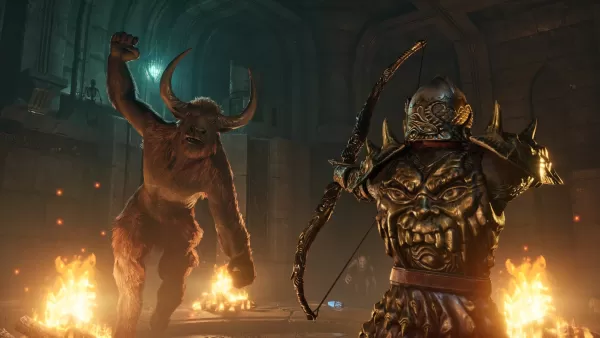 New lighting, fur, and metallic effects are just the tip of the iceberg of Oblivion Remastered's changes. Image credit: Bethesda / VirtuosBy accepting these definitions, it becomes clear that Oblivion Remastered is aptly named. While the new assets and Unreal Engine 5 ray tracing give it a fresh look, the underlying structure remains that of a 20-year-old game, meticulously upgraded yet fundamentally unchanged. As Bethesda stated, "We looked at every part and carefully upgraded it. But most of all, we never wanted to change the core. It’s still a game from a previous era and should feel like one."
New lighting, fur, and metallic effects are just the tip of the iceberg of Oblivion Remastered's changes. Image credit: Bethesda / VirtuosBy accepting these definitions, it becomes clear that Oblivion Remastered is aptly named. While the new assets and Unreal Engine 5 ray tracing give it a fresh look, the underlying structure remains that of a 20-year-old game, meticulously upgraded yet fundamentally unchanged. As Bethesda stated, "We looked at every part and carefully upgraded it. But most of all, we never wanted to change the core. It’s still a game from a previous era and should feel like one."
The essence of that era is evident in the game's loading screens, the perplexing persuasion minigame, the simplistic city designs, the mechanical NPC interactions, the still-clunky combat, and the preserved bugs and glitches that add to its quirky charm.
Just months ago, Obsidian's Avowed showcased a modern take on some of The Elder Scrolls' core elements. Its dynamic combat and exploration rewards contrast sharply with Oblivion Remastered, highlighting the latter's age. Yet, Oblivion Remastered still holds value in 2025. Its enchanting world, expansive fields filled with mysteries, and ambitious features like dynamic goblin wars and engaging quests remain compelling. Its old-school approach to player freedom feels refreshing amidst today's more guided game experiences. However, its dialogue lacks finesse, its systems are not well-integrated, and its level design feels dated. A remake would update these aspects, but this project focuses on reliving the past. Hence, it is aptly named Oblivion Remastered.
AnswerSee ResultsVideo games often borrow terminology from other media. In film, remakes are new productions with fresh casts, crews, scripts, and sets, whereas remasters enhance existing films to meet modern quality standards. Classic films like Jaws and The Godfather, despite their 4K restorations, remain products of their time. Similarly, Oblivion, while pushing visual quality to its limits with a new engine, remains unmistakably a product of the 2000s. Alex Murphy, executive producer at Virtuos, explained during the reveal stream: "We think of the Oblivion game engine as the brain and Unreal 5 as the body. The brain drives all the world logic and gameplay and the body brings to life the experience that players have loved for almost 20 years."Oblivion Remastered lives up to its name, and its achievements should not be underestimated. Instead of debating whether it's a remake, we should recognize it as the benchmark for remasters from major AAA developers. This is the standard that Mass Effect Legendary Edition and Grand Theft Auto: The Trilogy should have aspired to, rather than being mere re-releases or cynical cash grabs. Oblivion Remastered is a labor of love that visually resembles a remake but fundamentally retains the essence of a remaster, and that's exactly as it should be.
Latest News
more >-
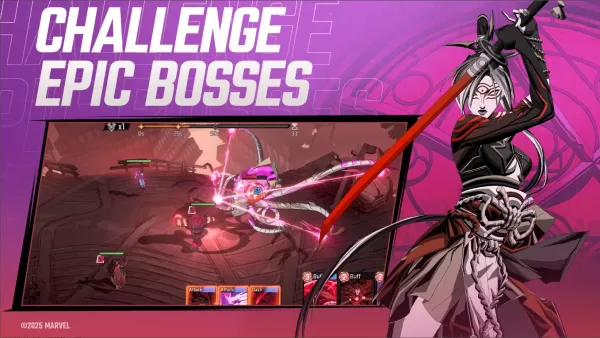
- Master MARVEL Mystic Mayhem with Top Tips
- Dec 23,2025
-
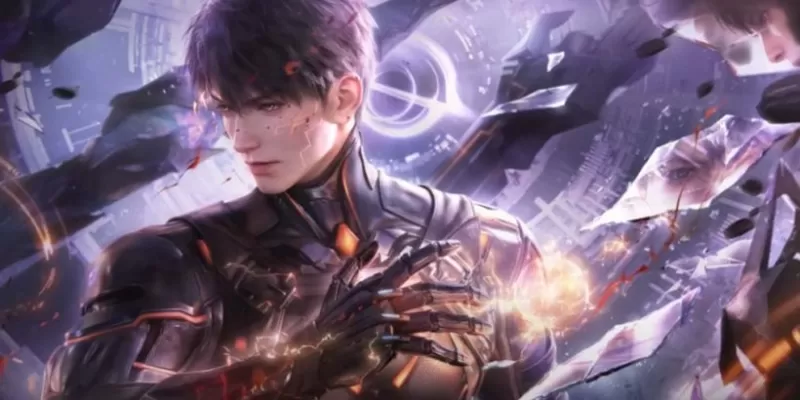
- Caleb Returns in 'Fallen Cosmos' Event
- Dec 23,2025
-
- Lies of P DLC Director Vows to Adjust Difficulty
- Dec 23,2025
-
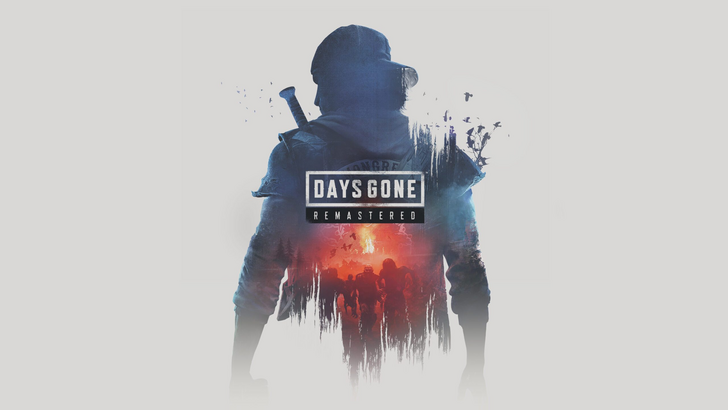
- Days Gone Remastered Launch Date Confirmed
- Dec 23,2025
-

